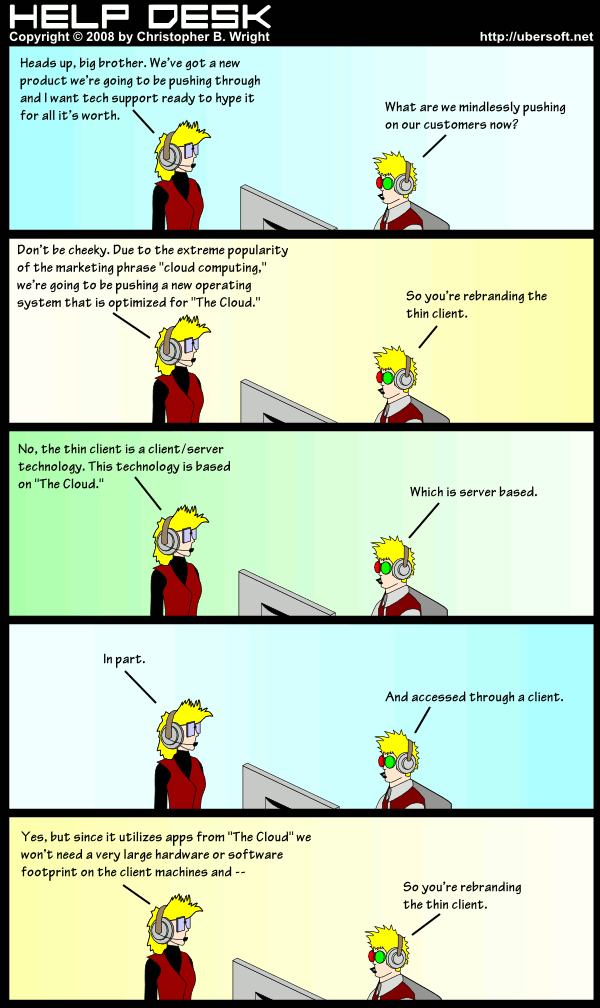Novell today announced significant enhancements to its PlateSpin Workload Management solution. The new PlateSpin Recon, PlateSpin Migrate, PlateSpin Protect and PlateSpin Orchestrate enable customers to profile, migrate, protect and manage server workloads between physical and virtual infrastructures in heterogeneous IT environments. Through these new enhancements, PlateSpin Workload Management is the only solution on the market today to support 32- and 64-bit Windows and Linux servers, as well as all leading hypervisors including Citrix XenServer, Microsoft Hyper-V and Virtual Server, VMware ESX and ESXi and Xen integrated in SUSE Linux Enterprise Server.
As data centers increasingly deploy diverse hardware platforms, operating systems and virtualization technologies in heterogeneous environments, the artificial boundaries between physical and virtual machines are being erased by portable workloads – the combination of an operating system, application and data software independent from the underlying physical or virtual platform. PlateSpin Workload Management enables data center administrators to optimize the distribution of workloads to provide the best performance for users and applications across both physical and virtual machines. As a result, customers can transform their IT environment into a more efficient and resilient next-generation data center.
PlateSpin Workload Management has added key functionality that makes PlateSpin a critical component of the day-to-day operation of the next-generation data center. PlateSpin Recon, PlateSpin Migrate and PlateSpin Protect are available now. PlateSpin Orchestrate will be available in the first quarter of 2009.
